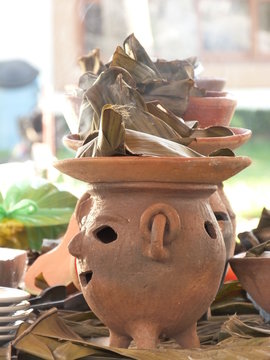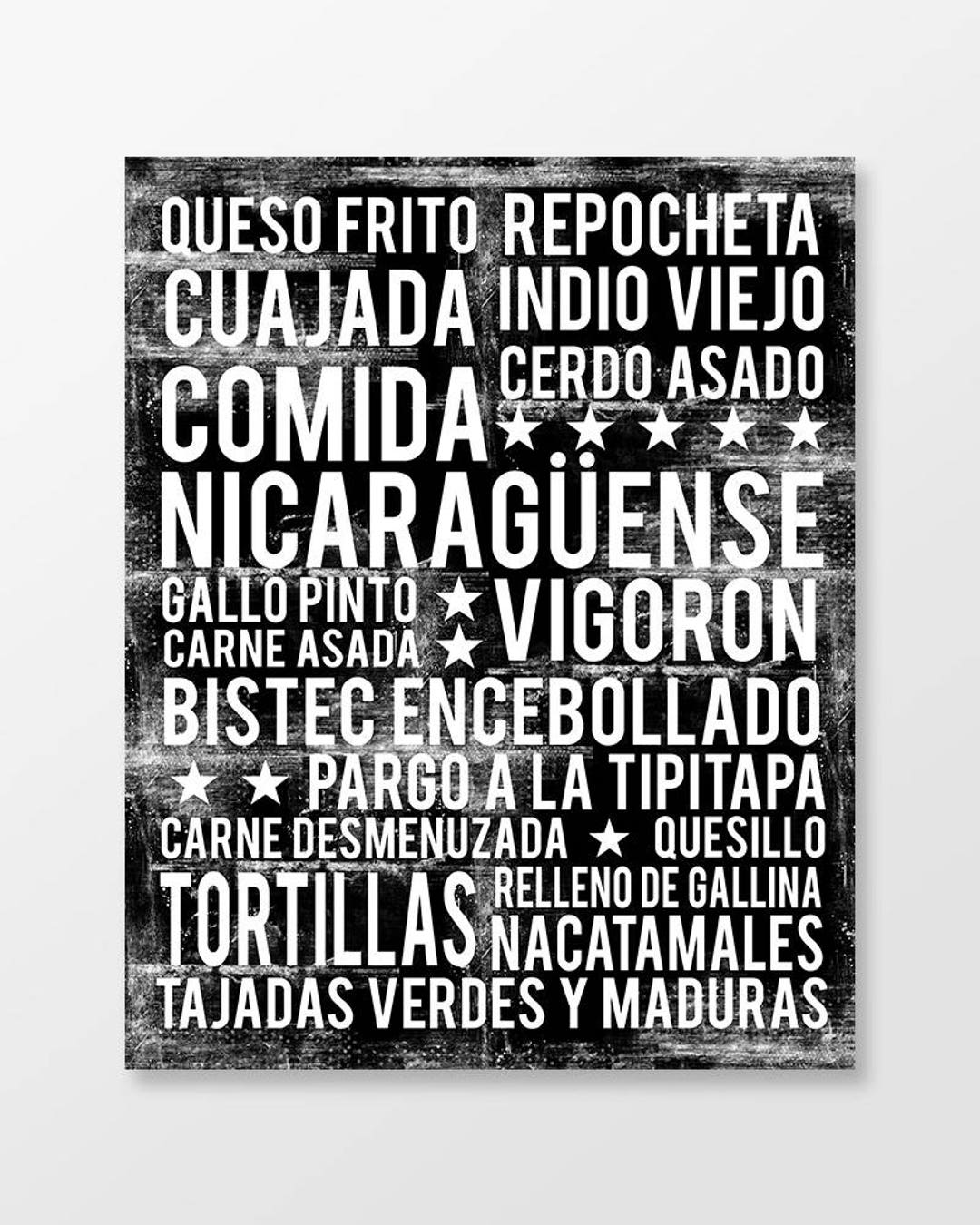Have you ever considered exploring the vibrant culinary landscape of Nicaragua? Imagine a country where the flavors are as diverse as its landscapes, and vegan options are abundant. Nicaragua, with its 19 active volcanoes, is not just a land of natural wonders but also a haven for food enthusiasts. This Central American gem offers an array of traditional dishes that reflect a rich tapestry of cultural influences from Spain, the Caribbean, and Africa, all while embracing modern dietary preferences like veganism.
Nicaraguan cuisine stands out due to its unique blend of ingredients and cooking methods. Traditional staples such as gallo pinto, nacatamales, and vigorón highlight the depth of flavor that this region has to offer. The nation's agricultural policies further support sustainable practices, ensuring high-quality produce that enhances the taste of every dish served in both local eateries and upscale restaurants. For those who prefer plant-based diets, finding delicious vegan meals here is surprisingly easy thanks to innovative chefs reimagining age-old recipes using native fruits, vegetables, and grains.
| Category | Information |
|---|---|
| Name | Nicaragua |
| Location | Central America |
| Population | Approximately 6.5 million (as of latest estimates) |
| Official Language | Spanish |
| Currency | Córdoba (NIO) |
| Major Cities | Managua, Granada, León |
| Famous For | Volcanoes, lakes, biodiversity, cultural heritage |
| Culinary Influences | Spanish, Caribbean, African traditions |
| Key Ingredients | Corn, beans, rice, plantains, tropical fruits |
| Traditional Dishes | Gallo pinto, nacatamales, vigorón, chancho con yuca |
| Reference Website | US Department of State - U.S. Relations with Nicaragua |
One cannot discuss Nicaraguan cuisine without mentioning indio viejo, a hearty stew made from beef or chicken cooked with spices and ground corn dough called masa. It exemplifies how indigenous techniques merge seamlessly with colonial-era ingredients. Another must-try delicacy is quesillo—soft cheese wrapped in tortillas topped with pickled onions and vinegar sauce—a perfect snack enjoyed throughout the day. Then there’s tajadas con queso, slices of fried plantain paired with fresh cheese; it sounds simple yet delivers complex layers of sweetness and saltiness.
The popularity of vegan dining continues to grow across Nicaragua, much to the delight of travelers seeking cruelty-free options during their visits. Many establishments now cater specifically to vegans by offering creative alternatives based on locally sourced ingredients. During one recent yoga retreat organized by Karuna Collective near San Juan del Sur, participants indulged in exquisite plant-based creations ranging from avocado toast topped with roasted tomatoes to jackfruit tacos seasoned with smoky chipotle peppers—all prepared under expert supervision.
For anyone planning a trip to Nicaragua, understanding import regulations related to food can help ensure smooth sailing when bringing back souvenirs or shipping goods abroad. According to official reports available online through trusted sources, current legislation governs everything from labeling requirements to safety standards applicable to imported products entering the country. While no significant changes have been reported recently, staying informed about these guidelines remains crucial for compliance purposes.
Exploring Nicaraguan food culture extends beyond sampling popular dishes at bustling markets or cozy cafes. Visitors often find themselves drawn into deeper conversations about agroecology—the science behind sustainable farming practices designed to protect ecosystems while promoting equitable access to nutritious foods. Since the early 1980s, agroecological principles gained traction within rural communities nationwide before eventually becoming part of national policy frameworks aimed at fostering long-term resilience against climate change impacts.
Vigoron serves as another prime example illustrating how street vendors contribute significantly to preserving authentic tastes passed down through generations. Originating primarily around Granada, this savory plate consists of boiled cassava served alongside cabbage salad dressed lightly with oil and lime juice plus crispy chicharrones (fried pork rinds). However, vegetarians needn't worry since many versions omit animal-derived components altogether making them suitable even for strict dietary restrictions.
In summary, whether you're an adventurous eater looking to expand your palate or simply someone curious about regional specialties outside mainstream awareness, Nicaragua promises unforgettable experiences rooted deeply in tradition yet open-minded enough towards contemporary trends shaping today's global gastronomy scene.




